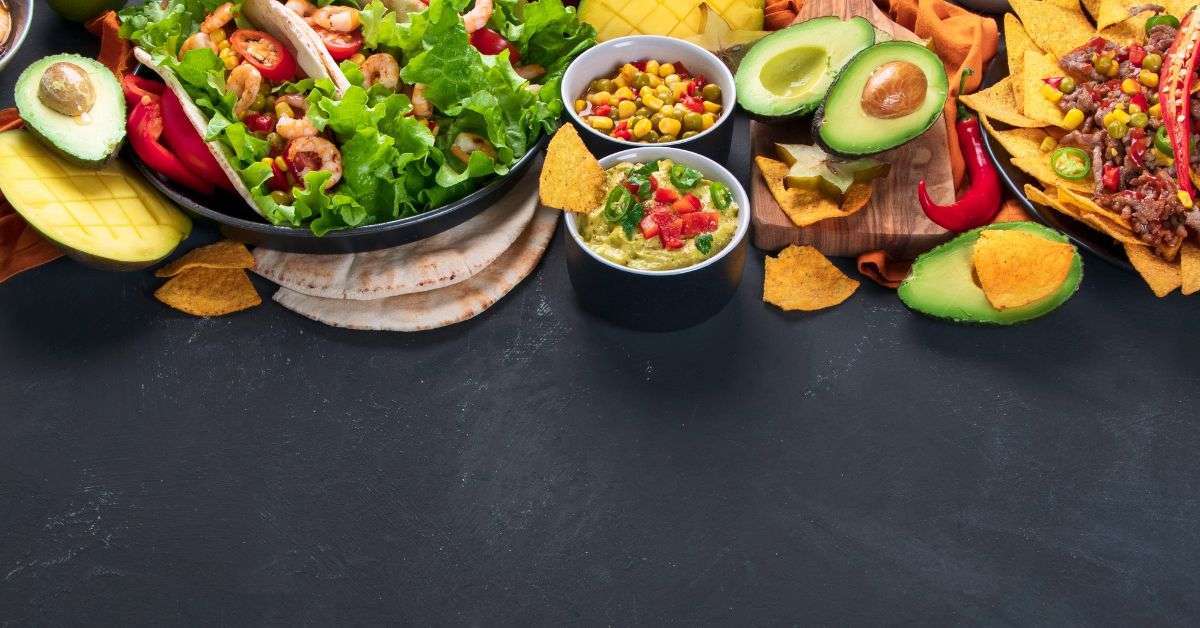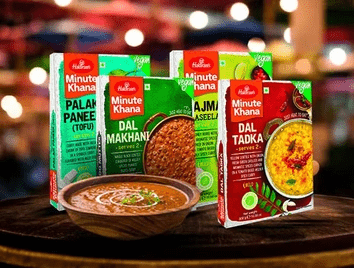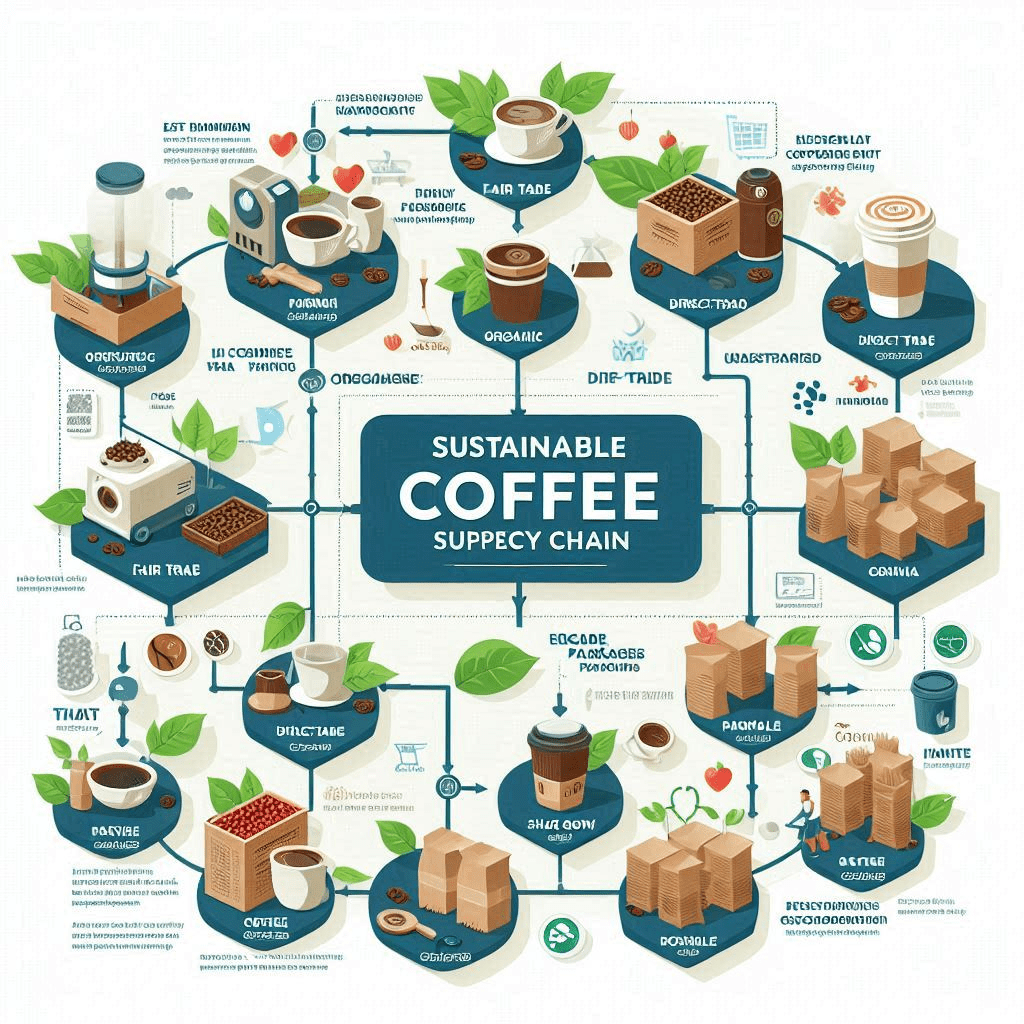Welcome to a flavorful exploration of the Global Hispanic Food Market Share, a vibrant sector within the Food and Beverages industry, specializing in Speciality Foods and Accessories. In this comprehensive 1500-word journey, we will delve into the intricacies of the Hispanic food landscape, covering its present status, future projections, key players, market dynamics, and much more.
Market Overview: Savoring Flavorful Traditions
Historical Progression
The Global Hispanic Food Market has a rich history steeped in tradition and culinary excellence. It has evolved from being a niche cuisine to a global sensation, captivating the taste buds of millions worldwide. Hispanic cuisine is a fusion of diverse cultural influences, including Spanish, Indigenous, and African, resulting in a tapestry of flavors, textures, and aromas.
Present Scenario
As of 2023, the Global Hispanic Food Market stands as a testament to the enduring appeal of Hispanic flavors and culinary traditions. The market’s value reflects the growing appreciation for Hispanic cuisine, including iconic dishes like tacos, enchiladas, paella, and empanadas. Notably, it also includes a wide range of specialty foods and accessories that cater to the demand for authentic ingredients and cooking methods.
The market’s appeal extends beyond the Hispanic diaspora, with people from various backgrounds seeking the bold and vibrant flavors that Hispanic cuisine offers. Restaurants, supermarkets, and online platforms have played a pivotal role in popularizing Hispanic foods and making them accessible to a global audience.
Future Prospects
The outlook for the Global Hispanic Food Market is exceedingly promising, with a projected Compound Annual Growth Rate (CAGR) during the forecast period of 2024 to 2032. The market is expected to expand further, driven by several factors:
●Cultural Exploration: Increasingly, people are eager to explore diverse cuisines, and Hispanic food offers an exciting gastronomic journey.
●Health and Wellness: Many Hispanic ingredients, such as beans, avocados, and fresh vegetables, align with health-conscious eating, contributing to the market’s growth.
●Food Tourism: Culinary tourism is on the rise, with travelers seeking authentic dining experiences, boosting the demand for Hispanic cuisine.
●Home Cooking: The trend of home cooking, particularly during the COVID-19 pandemic, has led to greater experimentation with global flavors, including Hispanic dishes.
Market Segmentation: Satisfying Varied Palates
To gain a more profound understanding of the Global Hispanic Food Market, let’s break it down into distinct categories:
Specialty Foods
1.Spices and Seasonings: Aromatic spices and seasonings play a pivotal role in Hispanic cuisine, enhancing the flavors of dishes.
2.Sauces and Condiments: From salsa and chimichurri to mole and aji amarillo sauce, Hispanic cuisine offers an array of delectable condiments.
3.Rice and Grains: Staples like rice, quinoa, and corn are fundamental to Hispanic recipes, providing essential carbohydrates.
4.Beans and Legumes: Beans, lentils, and chickpeas are nutritious ingredients that feature prominently in Hispanic dishes.
Accessories
1.Cookware: Traditional Hispanic cookware like cazuelas, comales, and molcajetes are sought after for their authenticity.
2.Cooking Utensils: Unique utensils like the tortilla press and tamale steamer contribute to the preparation of classic dishes.
3.Tableware: Colorful and intricately designed tableware, such as Talavera pottery, adds a touch of authenticity to dining experiences.
4.Dining Accessories: Accessories like margarita glasses, sangria pitchers, and piñatas enhance the overall Hispanic dining experience.
Trends and Insights: Savoring Tradition with a Modern Twist
Fusion Cuisine
The fusion of Hispanic flavors with other global cuisines is a growing trend. From sushi burritos to Korean tacos, chefs are experimenting with exciting culinary combinations.
Health-Conscious Choices
Consumers are increasingly seeking healthier alternatives within Hispanic cuisine, leading to the development of gluten-free, organic, and low-sodium options.
Convenience and Accessibility
Ready-to-eat Hispanic food products and meal kits are gaining popularity, making it easier for consumers to savor Hispanic flavors at home.
Sustainable Sourcing
There is a growing emphasis on sourcing ingredients responsibly and supporting sustainable farming practices in Hispanic food production.
Key Industry Developments
Culinary Diversity
The Hispanic food market is becoming more diverse, encompassing cuisine from various Latin American countries, each with its unique flavors and dishes.
E-Commerce Expansion
The proliferation of e-commerce platforms has made it easier for consumers to access a wide range of Hispanic food products and accessories online.
Cultural Awareness
Increased cultural awareness and education about Hispanic cuisine have led to its wider acceptance and appreciation.
Top Impacting Factors
Several factors are driving the growth of the Global Hispanic Food Market:
1.Cultural Diversity: The growing appreciation for cultural diversity and a willingness to explore global flavors drive the demand for Hispanic cuisine.
2.Health and Wellness: Hispanic cuisine’s emphasis on fresh ingredients aligns with health-conscious eating trends.
3.Food Tourism: Culinary tourism has led to increased interest in Hispanic cuisine and the exploration of new flavors.
4.Globalization: Hispanic cuisine has transcended borders, with restaurants and eateries worldwide offering Hispanic-inspired dishes.
COVID-19 Impact
The COVID-19 pandemic had both positive and negative effects on the Global Hispanic Food Market:
Positive Impact:
●Increased interest in home cooking and experimentation with diverse cuisines.
●A surge in online food ordering and delivery, making Hispanic food more accessible.
Negative Impact:
●Temporary closures and reduced footfall in Hispanic restaurants.
●Supply chain disruptions affecting the availability of certain ingredients and products.
Restraints
Despite its growth, the Global Hispanic Food Market faces certain restraints:
1.Authenticity: Maintaining the authenticity of Hispanic dishes in mass production can be a challenge.
2.Competition: The market is becoming increasingly competitive, making it essential for businesses to differentiate themselves.
3.Supply Chain Disruptions: The reliance on imported ingredients can leave the market vulnerable to supply chain disruptions.
4.Health Concerns: Consumer concerns about the nutritional content of certain Hispanic dishes may impact their popularity.
Target Audience
The Global Hispanic Food Market caters to a diverse range of stakeholders:
●Restaurants and Eateries: Seeking to offer authentic Hispanic dining experiences.
●Home Cooks and Food Enthusiasts: Looking to experiment with Hispanic recipes at home.
●Food Manufacturers: Producing a range of Hispanic food products.
●Tourism and Hospitality: Incorporating Hispanic flavors into their menus to attract culinary tourists.
Major Key Players: Savoring Success
Let’s shine a spotlight on some of the major players shaping the Global Hispanic Food Market:
1.Goya Foods: A renowned brand offering a wide range of Hispanic food products, including spices, beans, and sauces.
2.Hormel Foods: Known for its authentic Mexican dishes and salsa products, Hormel Foods has a significant presence in the Hispanic food market.
3.McCormick & Company: A global leader in spices and seasonings, McCormick offers a diverse range of Hispanic-inspired flavors.
4.Gruma Corporation: The world’s leading producer of corn masa flour and tortillas, Gruma plays a pivotal role in bringing authentic Mexican flavors to consumers.
5.Conagra Brands: The company offers a variety of Hispanic food products, including Ortega Mexican foods and RO*TEL diced tomatoes and green chilies.
6.PepsiCo: Through its Frito-Lay division, PepsiCo offers a range of Hispanic-inspired snacks and products.
Opportunities
The Global Hispanic Food Market presents several opportunities:
1.Innovation: Continuous innovation in product offerings, including healthier and sustainable options.
2.Global Expansion: Opportunities for Hispanic food brands to expand their presence in international markets.
3.Cultural Experiences: Offering immersive culinary experiences to consumers through themed restaurants and events.
4.Sustainability: Embracing sustainable sourcing practices to appeal to environmentally conscious consumers.
Challenges
Challenges faced by the market include:
1.Authenticity Preservation: Maintaining the authenticity of traditional recipes in mass production.
2.Supply Chain Resilience: Building resilient supply chains to mitigate disruptions.
3.Consumer Education: Educating consumers about the nutritional benefits and cultural significance of Hispanic foods.
4.Health Concerns: Addressing health-related concerns by offering healthier versions of traditional dishes.
Scope
The scope of the Global Hispanic Food Market is vast, encompassing a wide array of culinary delights, from traditional dishes to modern interpretations. It embraces a rich tapestry of flavors, ingredients, and cultural traditions that continue to captivate global palates. As Hispanic cuisine gains popularity, it offers boundless opportunities for culinary exploration and business growth.
In conclusion, the Global Hispanic Food Market is a vibrant and evolving sector, characterized by diversity, innovation, and a celebration of cultural heritage. As consumers worldwide continue to savor the flavors of Hispanic cuisine, the market is poised for substantial growth and exciting culinary adventures.










